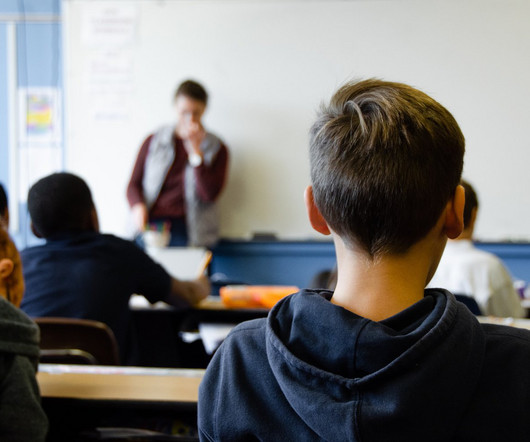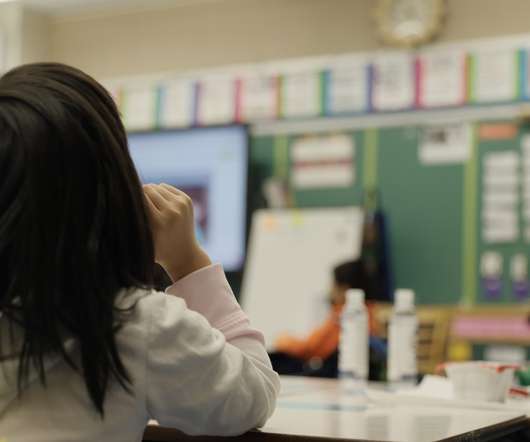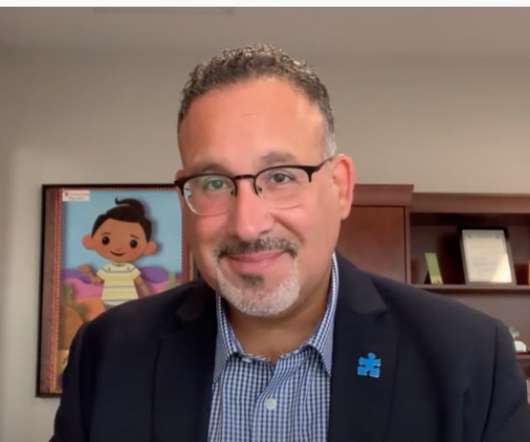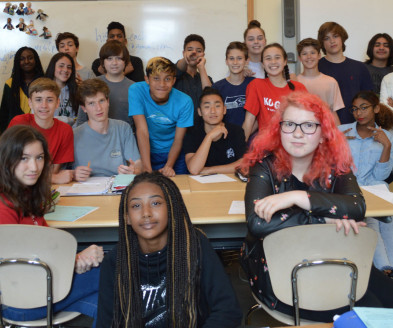OPINION: Starting earlier will create better student pipelines into STEM fields
The Hechinger Report
OCTOBER 2, 2023
A student in an elementary school drops an egg wrapped tightly in paper straws and tape to test whether it can survive a high fall. These and similar scenes from public schools around the country are more than just young learners having fun with recycled materials. Adopt a curriculum that exposes students to STEM early on.





















Let's personalize your content